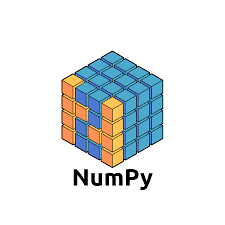The Summer Research Internship Program, also known as SRIP, is conducted by the Indian Institute of Technology Gandhinagar (IITGn), one of the most prestigious institutions of India. This internship is highly sought after by students because of the learning and networking opportunities offered by this Research Internship. In this blog, I will be walking you through my experience in SRIP 2021. Before proceeding, I just want to clarify that it is highly recommended to check the website of SRIP for eligibility, duration, stipend, projects available, etc. Basic details of SRIP at IITGn Duration: 8 Weeks Eligibility: Students pursuing Bachelor's and Master's degree at any prominent institute in India. First-year students, as well as Final year students, can apply. Stipend: 2000 INR per Week Note- It is strongly recommended to the reader to check the SRIP website thoroughly because these details might change. I am a student pursuing B.Sc. (Hons.) Biochemistry from Sri Venkateswara ...
Hey! Thanks for landing on my blog! I am Zeaan Pithawala, an undergraduate student in India. I am pursuing B.Sc. (Hons.) Biochemistry from Sri Venkateswara College, University of Delhi. I have been coding since a very early age but at the same time, I was intrigued by Science too. I want to leverage the computational power accessible nowadays and combine it with biochemistry to tackle some of the biggest challenges in modern biology.

Comments
Post a Comment